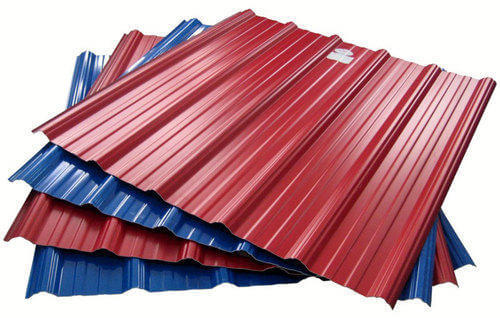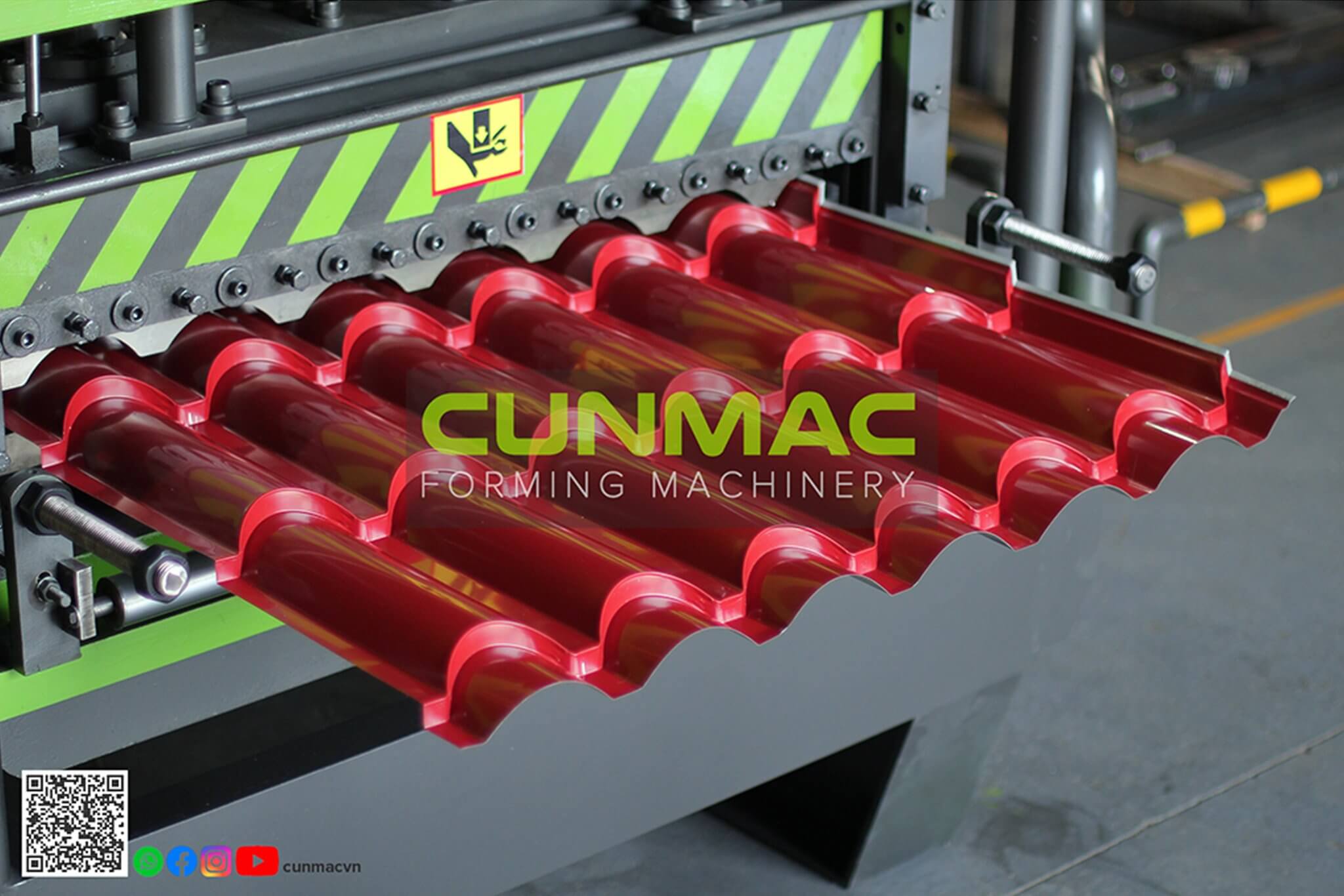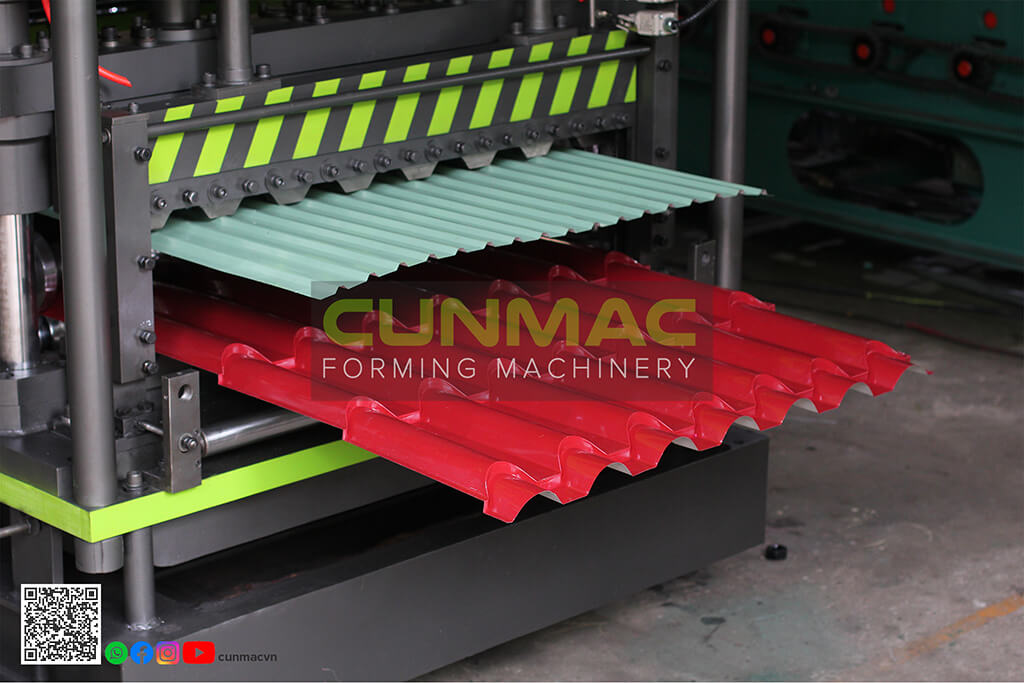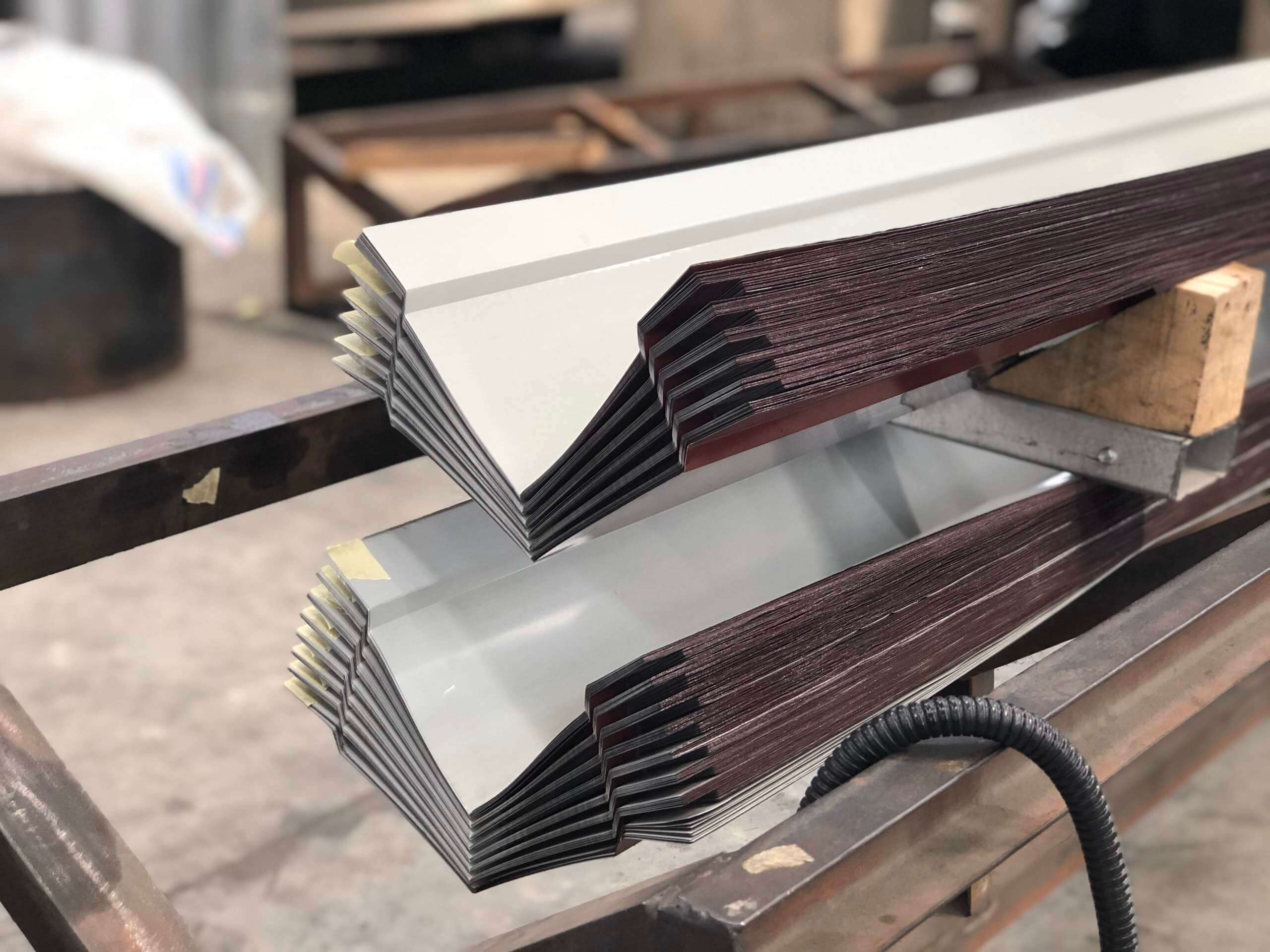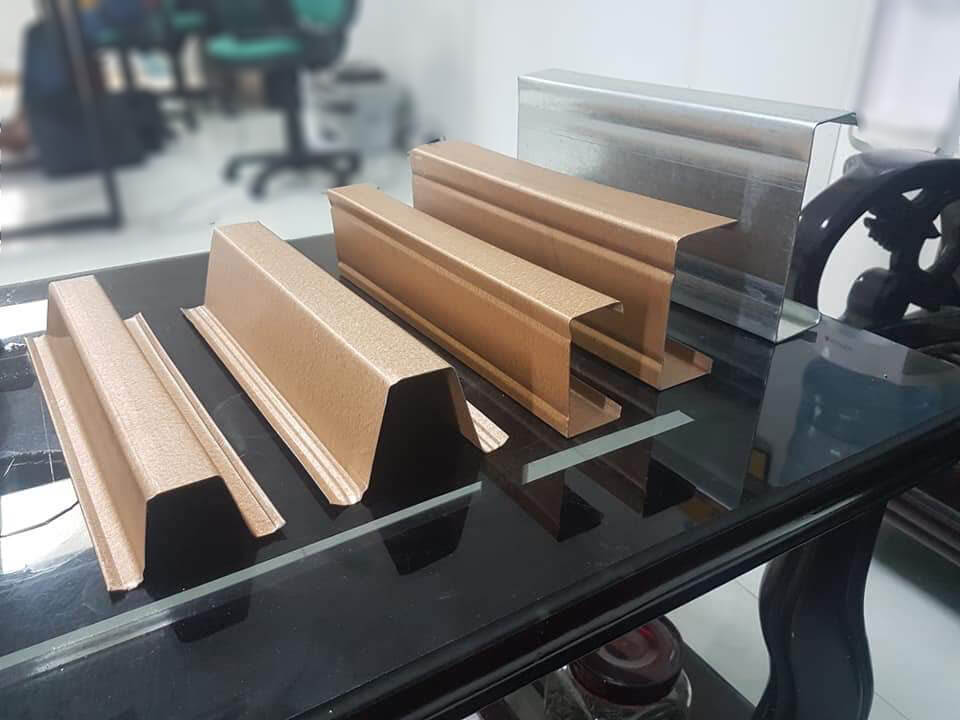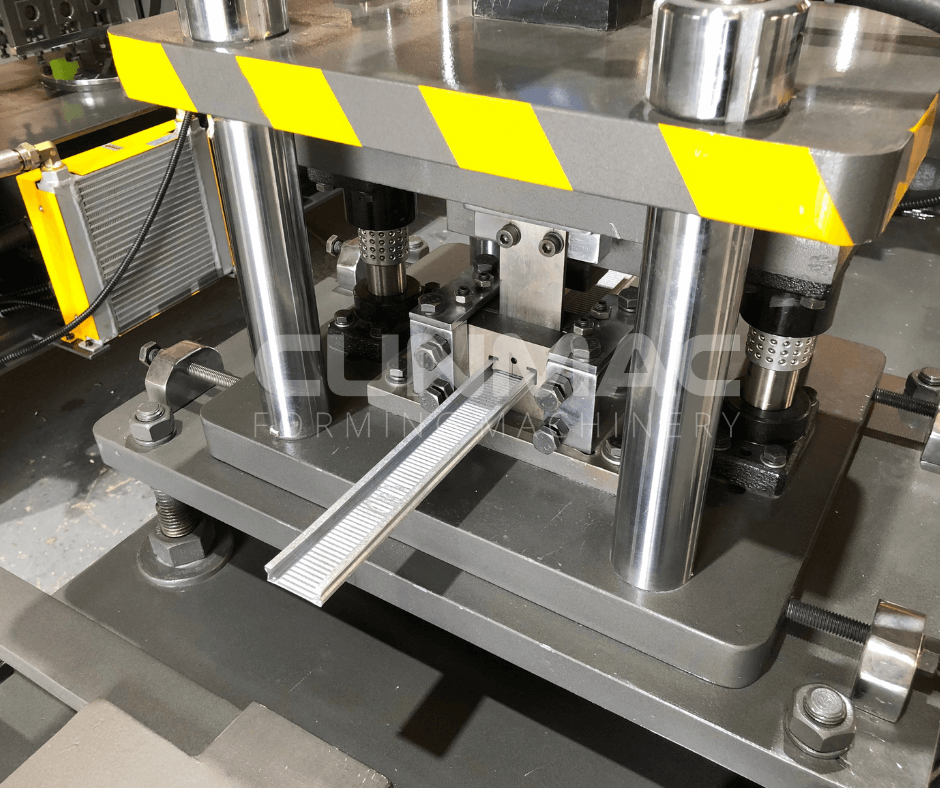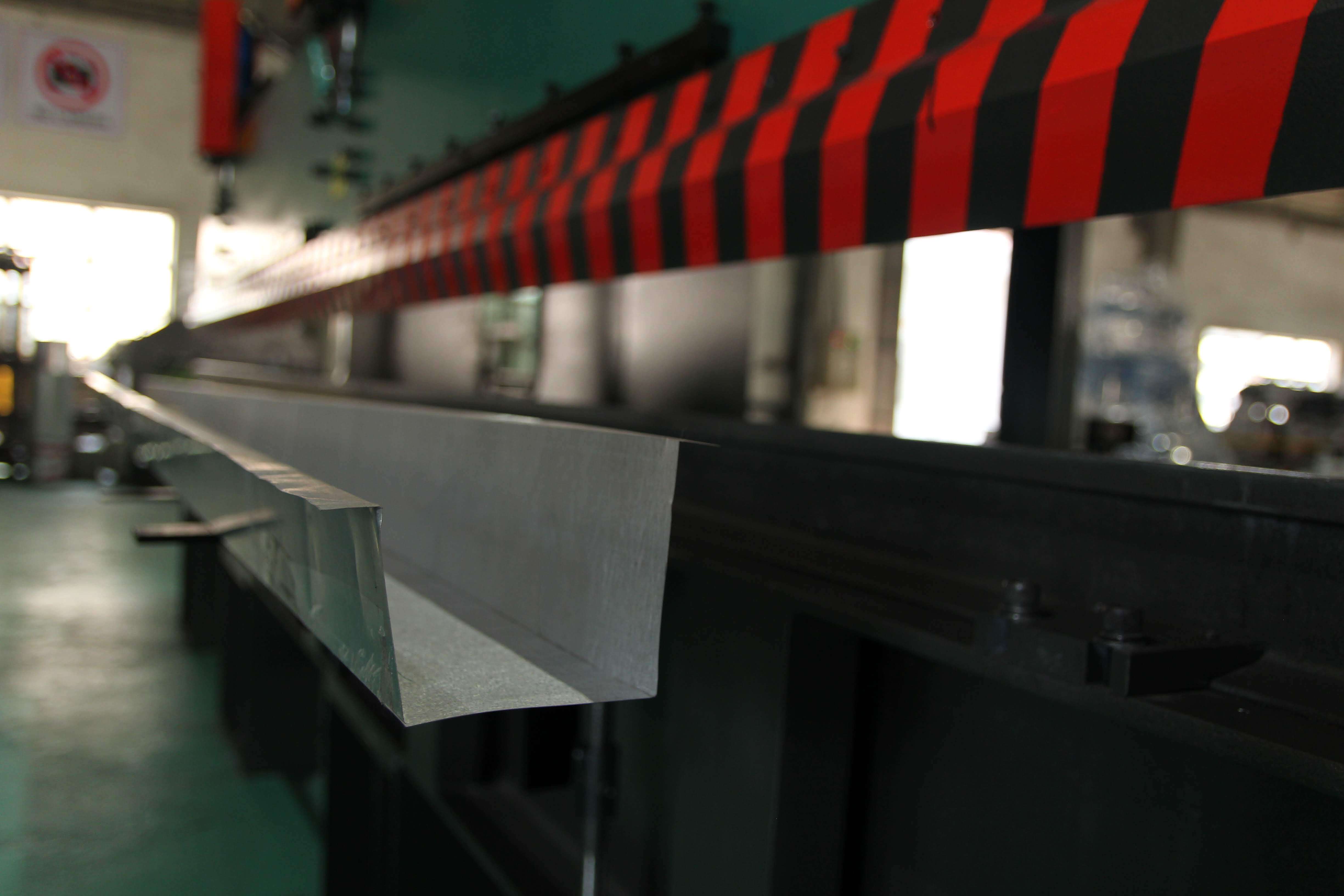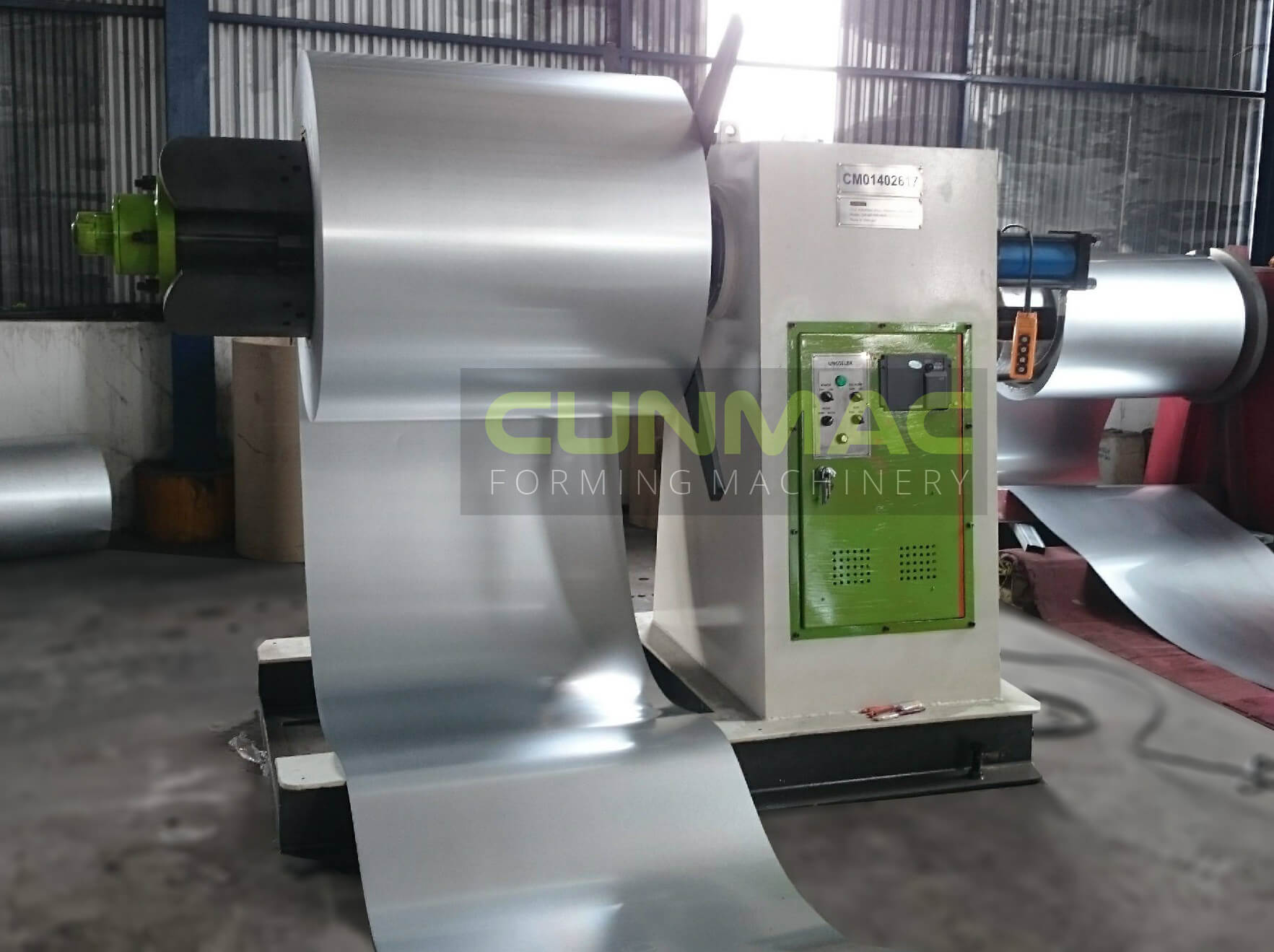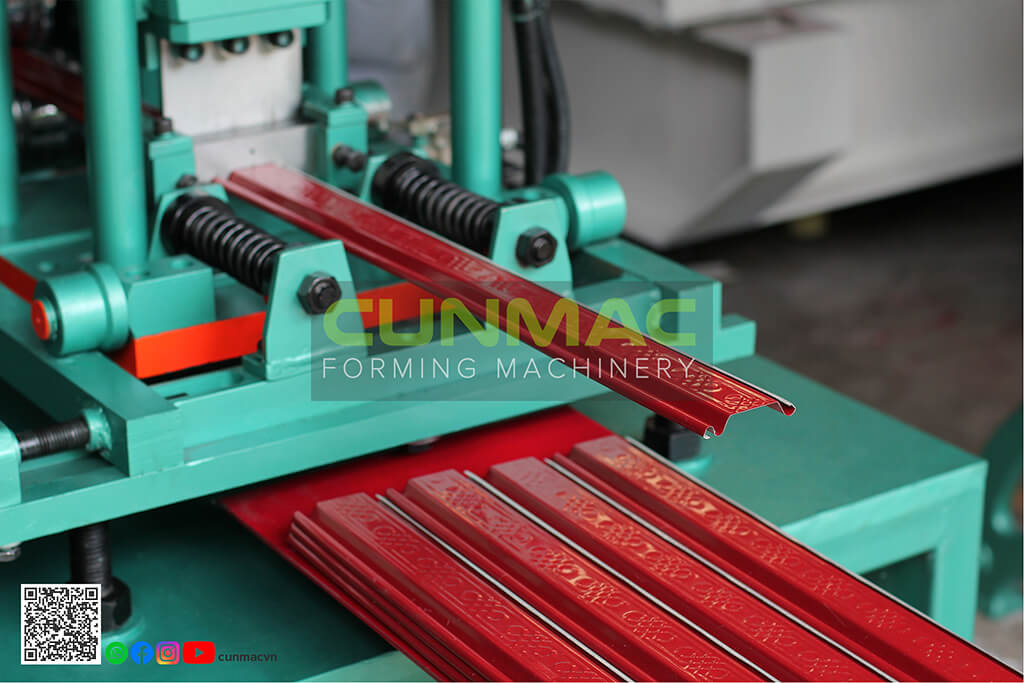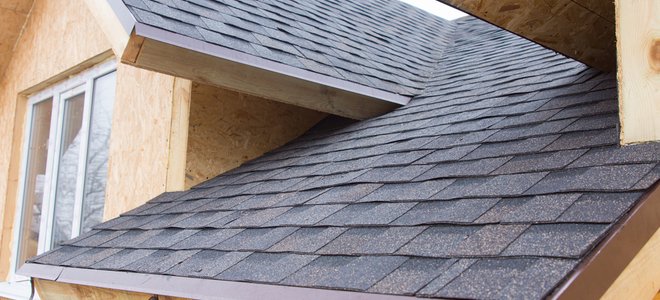Replacing the roof is one of the largest investments you’ll make in your home so it’s worth some evaluation of the options. You’ll need to decide what is the right budget for you and consider the effect of the climate in your region for each type of building material.
Overall, the decision about what type of roofing material to use comes down to several factors, each of which you’ll need to rank in priority for yourself. Consider the durability of the product, cost of course, the insulative qualities, which affect the energy efficiency and long-term energy costs, and the environmental impact.
1. Asphalt
In many areas, asphalt shingle roofs are the ubiquitous choice. It is the most common roofing material in America for a reason–or several actually. First, asphalt is very affordable compared to other materials.
It’s fairly durable with an expected life of 15-30 years, but be sure to invest in the better quality shingles rather than the least costly. Asphalt shingles offer mid-range energy efficiency for the home.
They are not an environmentally-friendly option since they are petroleum-based. However, an increasing number of roofing companies recycle the material at the end of useful life.
Asphalt is an option if you plan to collect rainwater, but you will need a filter to sift out any gritty pieces that wash away.
2. Wood Shingles
Before there were composite materials, there was wood. It’s been an effective roofing material for generations. The shingling method of roofing adds protection and a 30-50 year lifespan. The problem with wood is that it doesn’t wear well in wet conditions, so it needs to be treated.

It’s also a flammable material so to make it fire resistant it needs additional chemical treatment. For these reasons, avoid water collection from a wood roof. Wood is an excellent insulator for energy efficiency, which can counter the higher initial expense in the form of long-term savings on the power bill.
3. Metal
Metal roofs are an expensive up-front option, but they have some qualities that will pay back some of your investment. The primary advantage of metal roofing is durability. It will provide 30-50 years of solid protection with few repairs.
Corrugated metal is excellent if you plan to install a rainwater collection system, but galvanized metal should be tested for high levels of zinc your plants and your body won’t like.
Metal roofs make excellent insulators, keeping the house cool in the summer and warm in the winter. The sound of rain may drive you crazy or bring you comfort, so it’s something to consider. Plus, metal roofs are an extremely environmentally-conscious choice.
Most materials are made from recycled metal and are recyclable at the end of their long life.
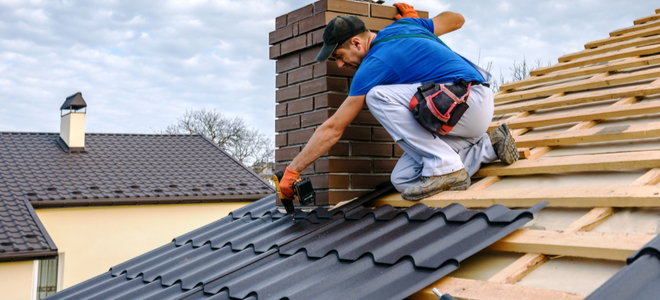
Please check more how metal roof is rolled by roll forming machine
4. Plastic
From an environmental perspective, plastic polymer roofing materials rank last. Some manufacturers do use recycled materials. Plus, plastic polymer roofing is highly energy efficient in the same way metal is.
There are an array of different looks on the market now, including those that resemble slate, wood, or tile. Perhaps the best benefit is the durability of plastic, which repels weather and offers more than 50 years of protection.
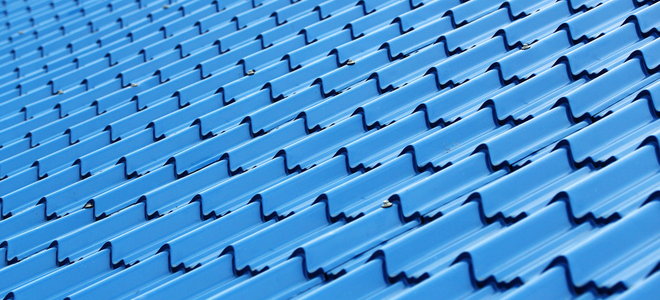
5. Slate
As a natural material, slate works well with water and is manufactured without toxic chemicals. That means it’s a great choice for rainwater collection that can lower your water bill, but it also means it repels water that can cause damage to a roof.
As a result, a quality slate roof can last 100-150 years with little maintenance. With proper installation, slate can weather most storms, yet it is somewhat susceptible to breaking under pressure, such as when you walk on it.
Slate is also naturally fireproof and incredibly energy efficient. It is, however, one of the most expensive materials on the market.
6. Tile
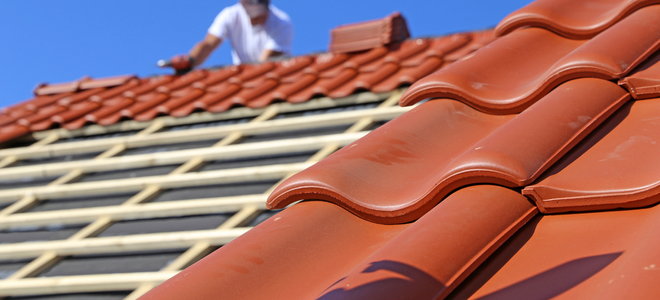
Tile roofs, whether made of concrete or clay are another option made from natural materials. It’s not quite as efficient for rainwater collection, but it’s a durable material estimated to last at least 50 years with the possibility of enduring more than 100 years of abuse.
Tile is an aesthetically striking look and performs well in hot climates, doesn’t rot, and also doesn’t suffer from insect damage. It’s low maintenance and highly energy efficient. However, tile is very heavy so your home will need to be constructed with the capability to support it.
Tile roofs are also very expensive and can’t be used on all types of roof slopes.
Source: https://www.doityourself.com
ABOUT CUNMAC
As a global manufacturer of roof panel roll forming machines with over 15-year experience, CUNMAC believes in building partnerships and provides comprehensive customer services. Through resources, innovative solutions, and expert service, we are committed to a stable production with good quality and great services. CUNMAC products have been trusted and used by customers all over the world, which demonstrates CUNMAC’s reliability and trustworthiness.
Hotline: +84 981 402 902
Mail: cs@cunmac.com
Factory: 331, Lien Huyen street, Thuan An city, Binh Duong province, Vietnam

